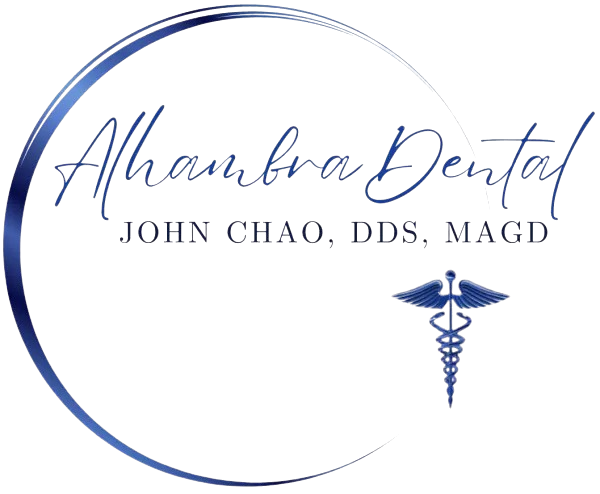Since its introduction in 1844 by dentist Dr. Horace Wells, the use of nitrous oxide (laughing gas) to the medical world as a means for inducing conscious sedation for surgery, dentists have been in the forefront in discovering, testing and applying new techniques and materials for obtaining anesthesia for their patients.
In 1884, Carl Eihorn introduced cocaine for use as an anesthetic. This was widely used until the addictive quality of cocaine became evident. The first successful cocaine substitute, called Stovaine, was invented by Ernest Fourneau in 1904. Stovaine was delivered by needle. But it was commonly known as “novocaine,” because this was the “new” cocaine. Novocaine became popular as a local anesthetic both in dentistry and medicine. Various kinds of improvements have been made in the effectiveness and duration of local anesthetics since that time, but the only means of achieving deep local anesthesia (numbness) for extensive dental treatment was still by injection.
Now a new discovery may replace the needle for many dental procedures. Scientists are reporting evidence that a common local anesthetic, when administered to the nose as nose drops or a nasal spray, travels through the main nerve in the face and collects in high concentrations in the teeth, jaw, and structures of the mouth.
This discovery could lead to a new generation of intra-nasal drugs for noninvasive treatment for dental pain, migraine, and other conditions, the scientists suggest in the current issue of the American Chemical Society’s bi-monthly journal Molecular Pharmaceutics.
William H. Frey II, Ph.D., and colleagues note that drugs administered to the nose travel along nerves and go directly to the brain. One of those nerves is the trigeminal (V) nerve, which brings feelings to the face, nose and mouth. Until now, however, scientists never checked to see whether intranasal drugs passing along that nerve might reach the teeth, gums and other areas of the face and mouth to reduce pain sensations in the face and mouth.
Neil Johnson, working in the labs of Frey and Leah R. Hanson, Ph.D., at Regions Hospital in St. Paul, Minn., found that Lidocaine or Xylocaine, sprayed into the noses of laboratory rats, quickly traveled down the trigeminal nerve and collected in their teeth, jaws, and mouths at levels 20 times higher than in the blood or brain. The approach could provide a more effective and targeted method for treating dental pain/anxiety, trigeminal neuralgia (severe facial pain), migraine, and other conditions, the scientists say.
Furthermore, these scientists discovered an improved future location to administer anesthetic, the maxillary sinus. The maxillary sinus is a golf ball-sized space located underneath each cheek where the drug can be sprayed. Delivery into this confined space may be the next generation approach beyond a nasal spray in providing a more rapid and focused delivery of anesthetic.
For dental phobics and those avoiding dental treatment because of high anxieties, there is no need to wait for intra-nasal anesthetics. Advances in devices and techniques used for injection have proven to be predictably successful in anesthetizing teeth without pain. Herman Ostrow School of Dentistry of USC has been successfully using a special technique for alleviating pain and fear of dentistry in treating thousands upon thousands of patients since the 1970’s. It is called “iatrosedation”.
If you would like more information about anesthetic treatment options, call Dr. Chao in Alhambra, CA at (626) 308-9104
Dr. Chao proudly serves Alhambra and all surrounding areas.



